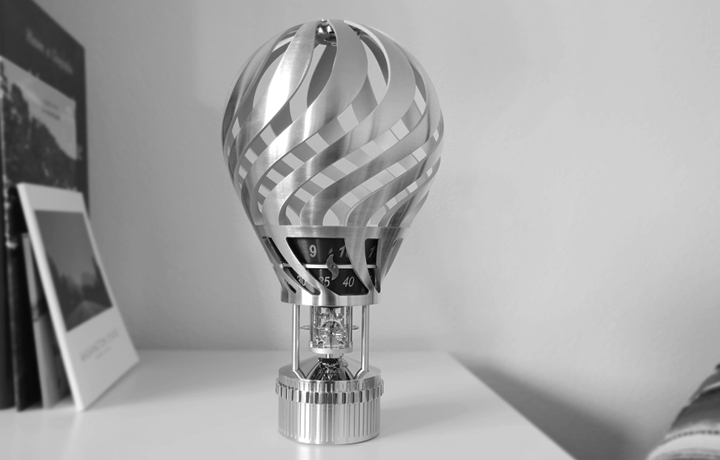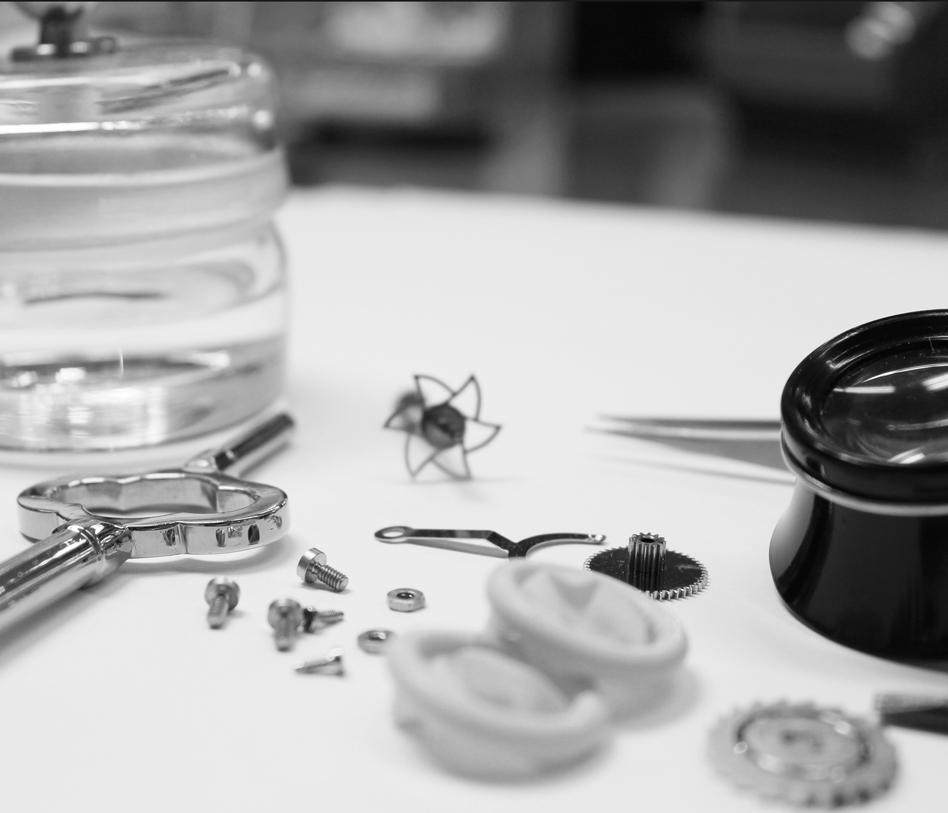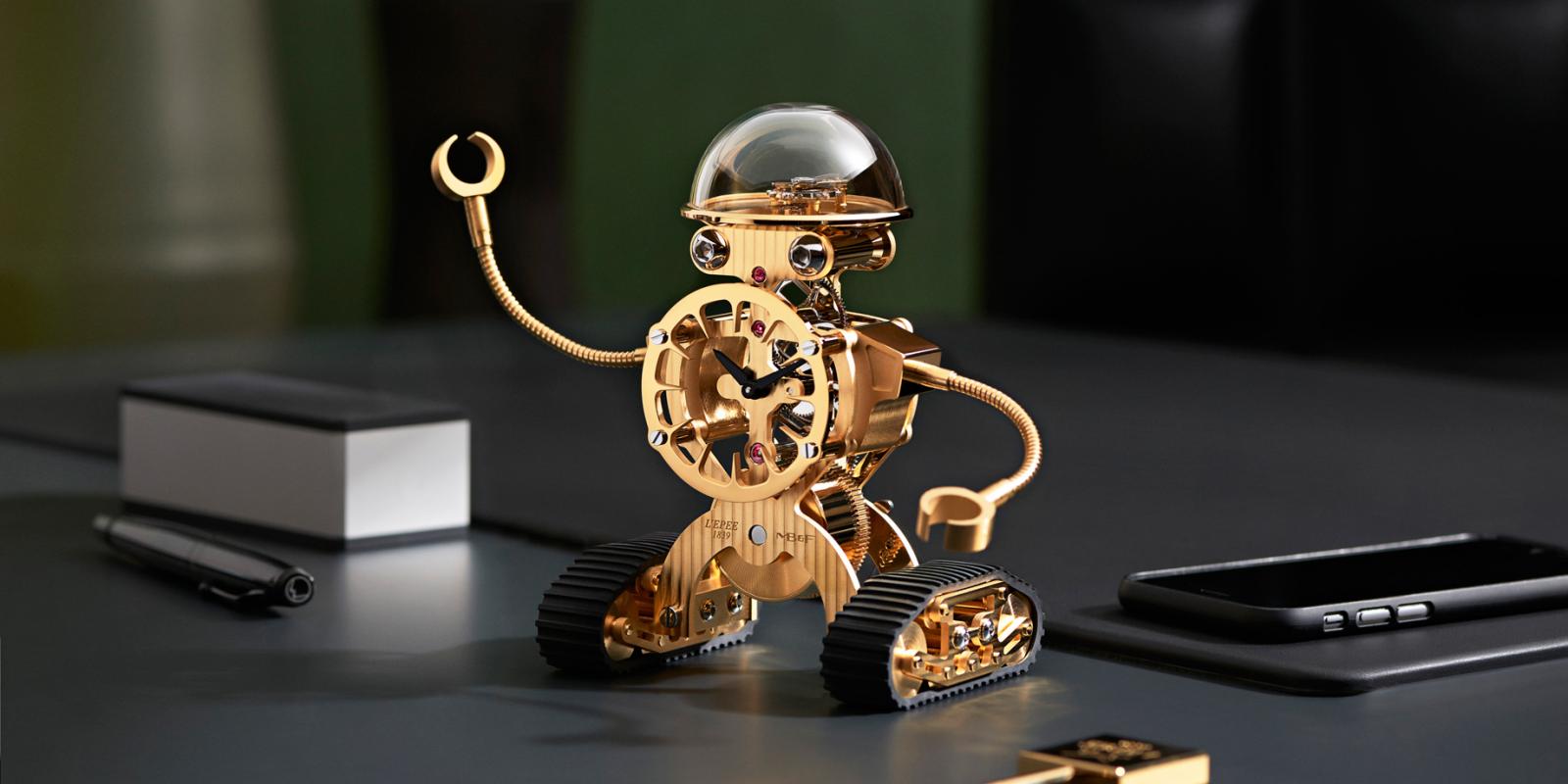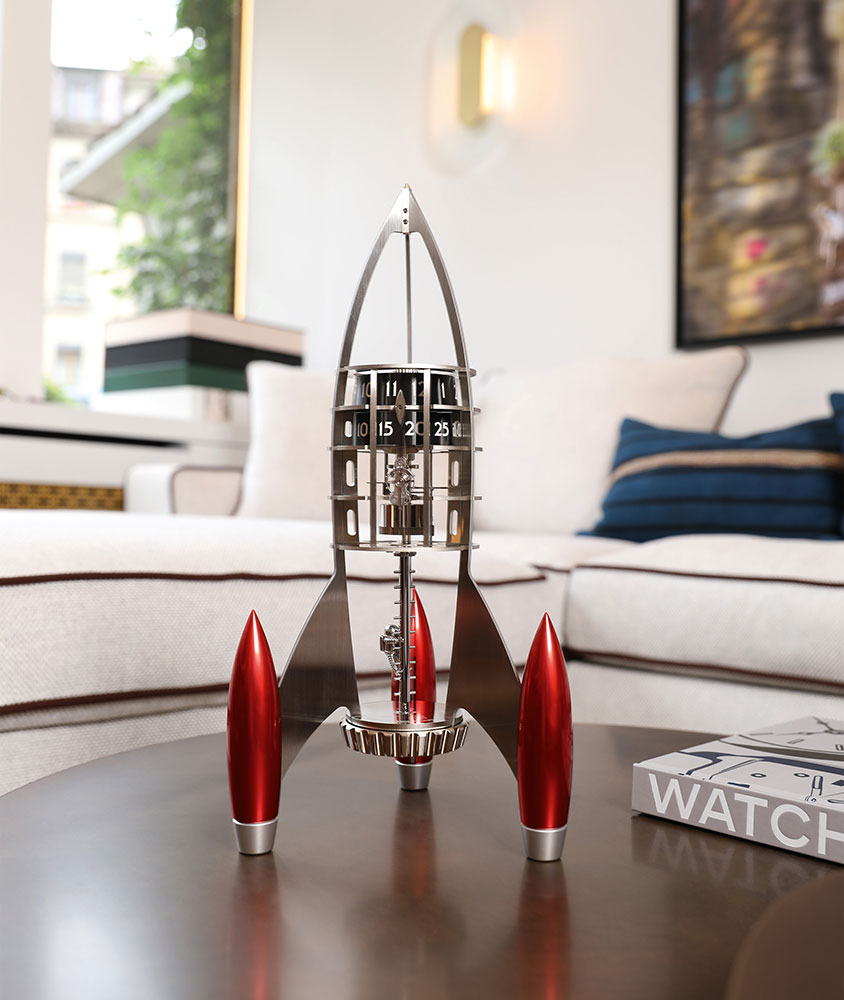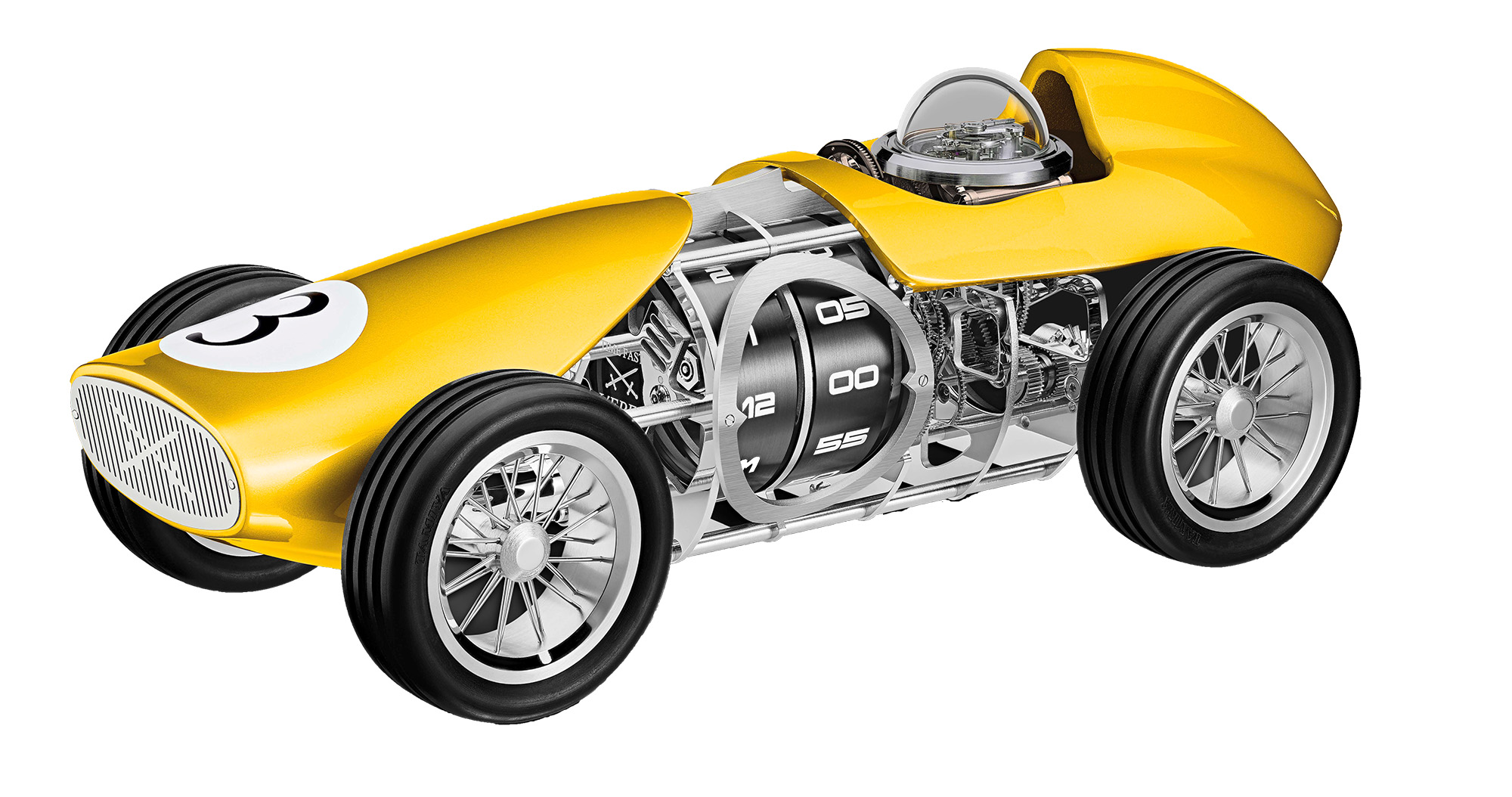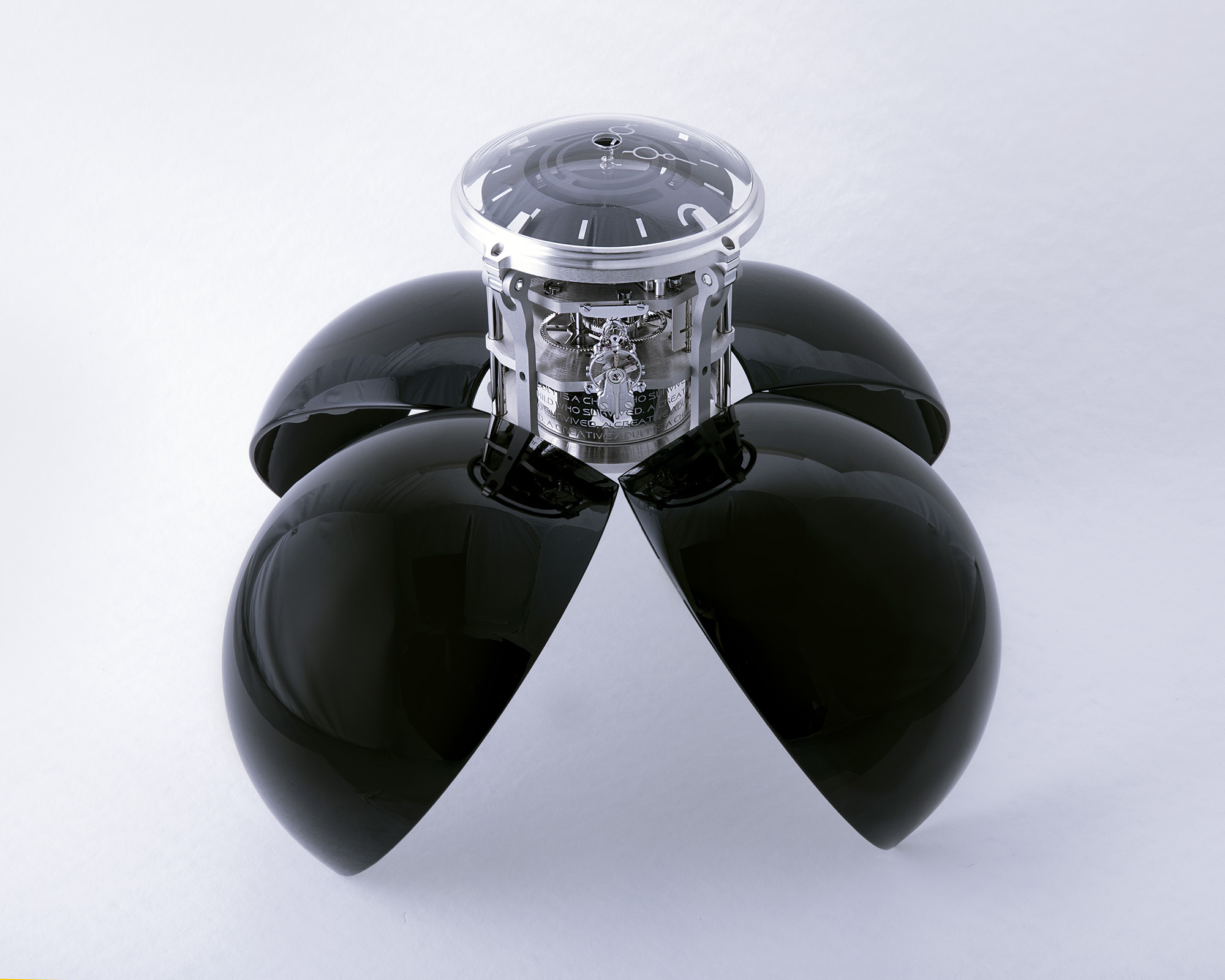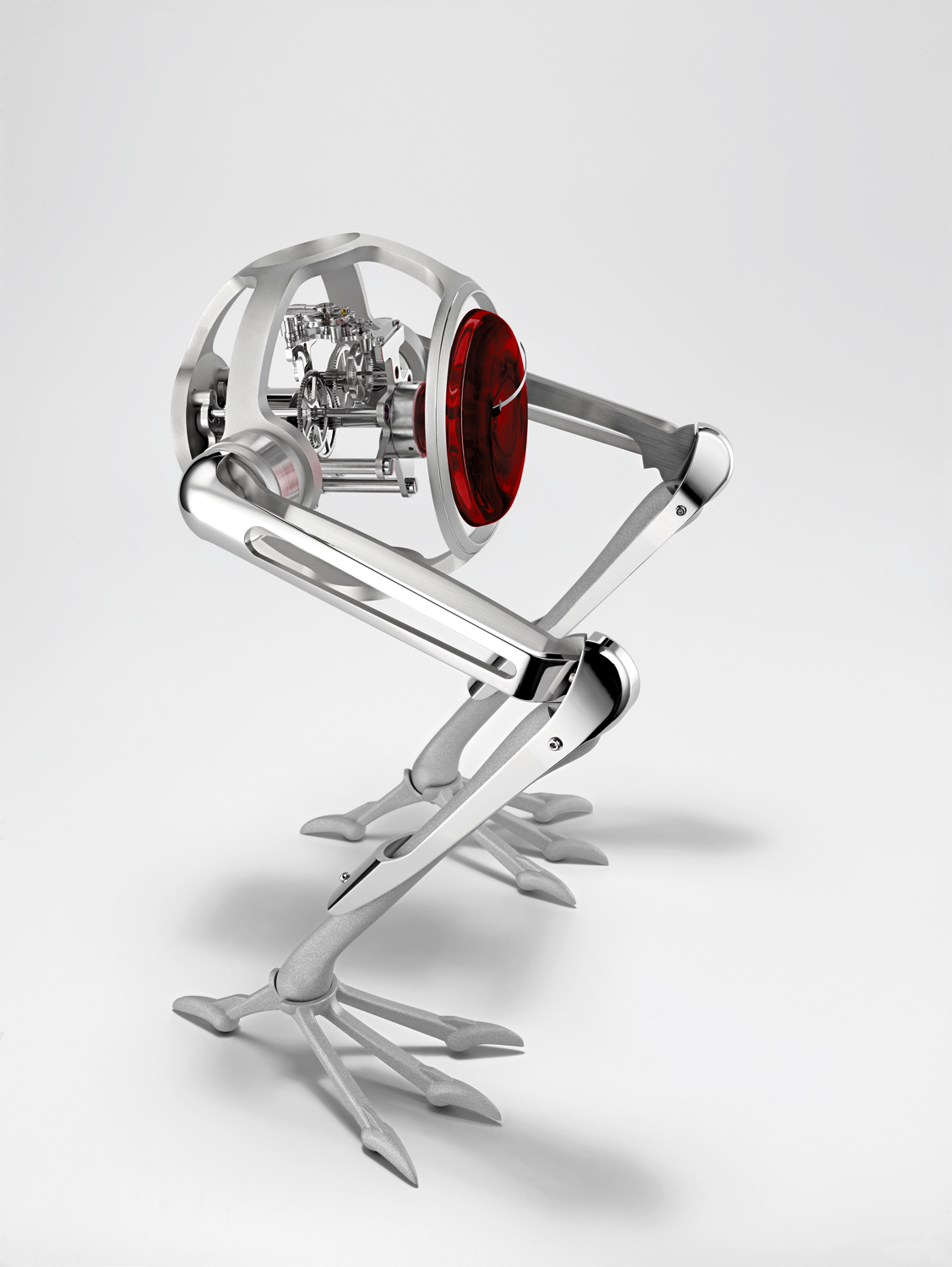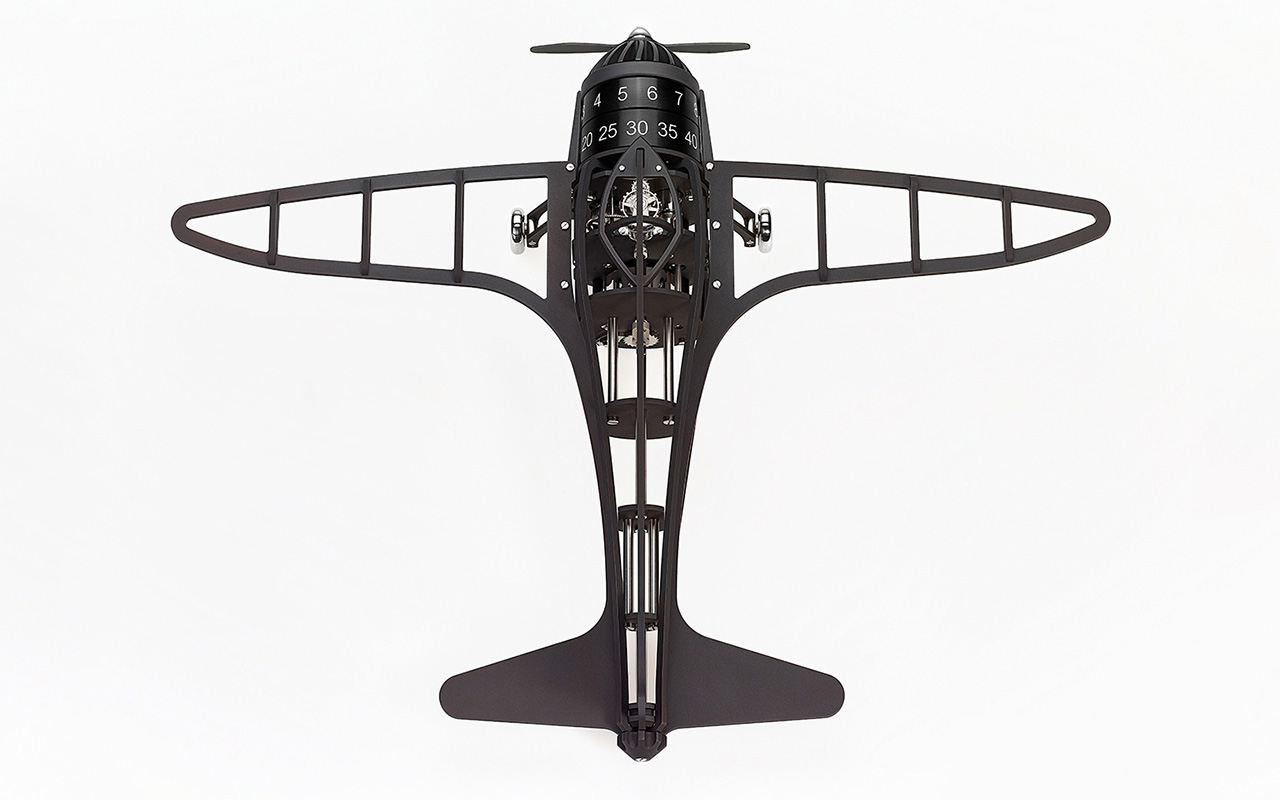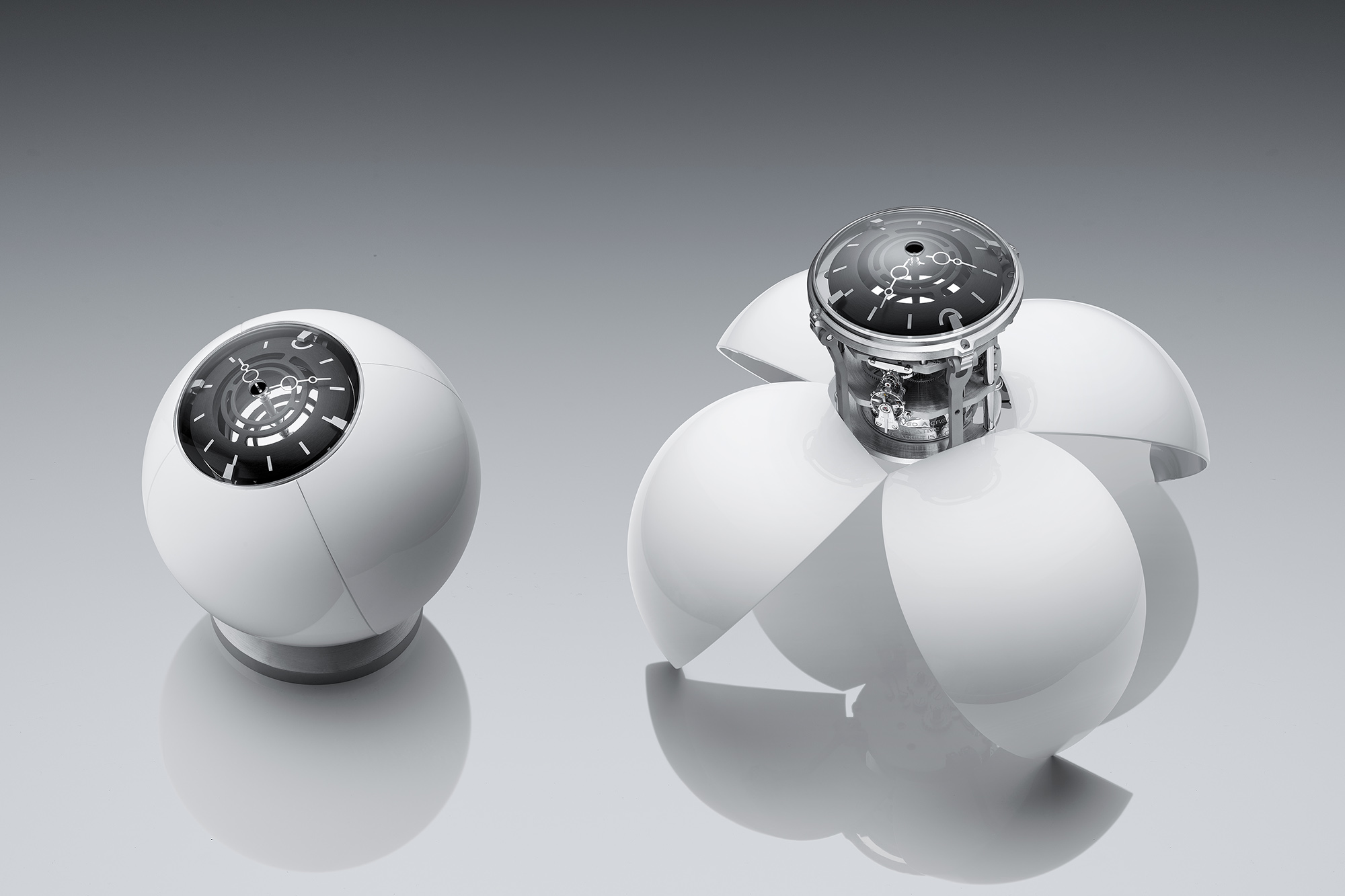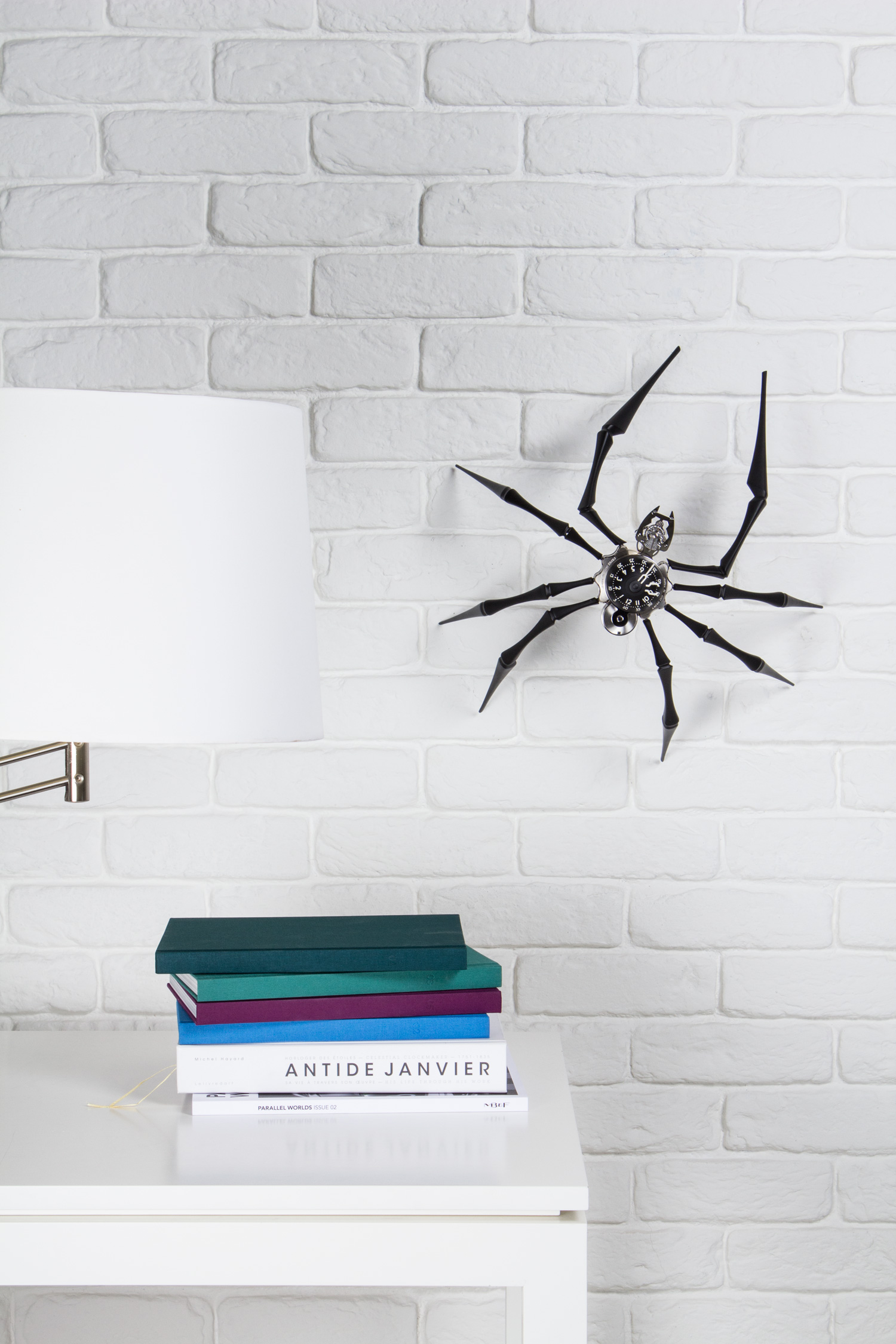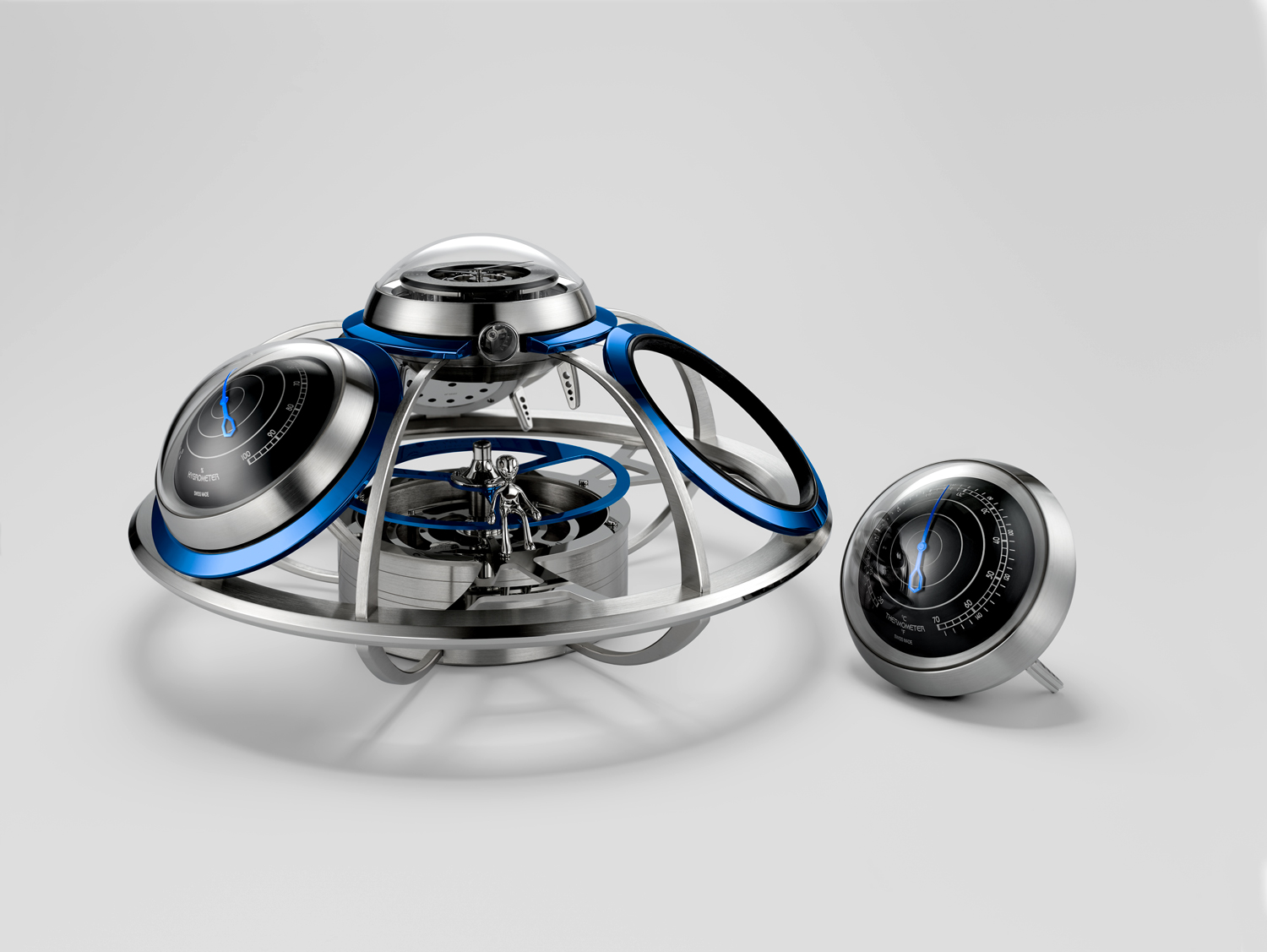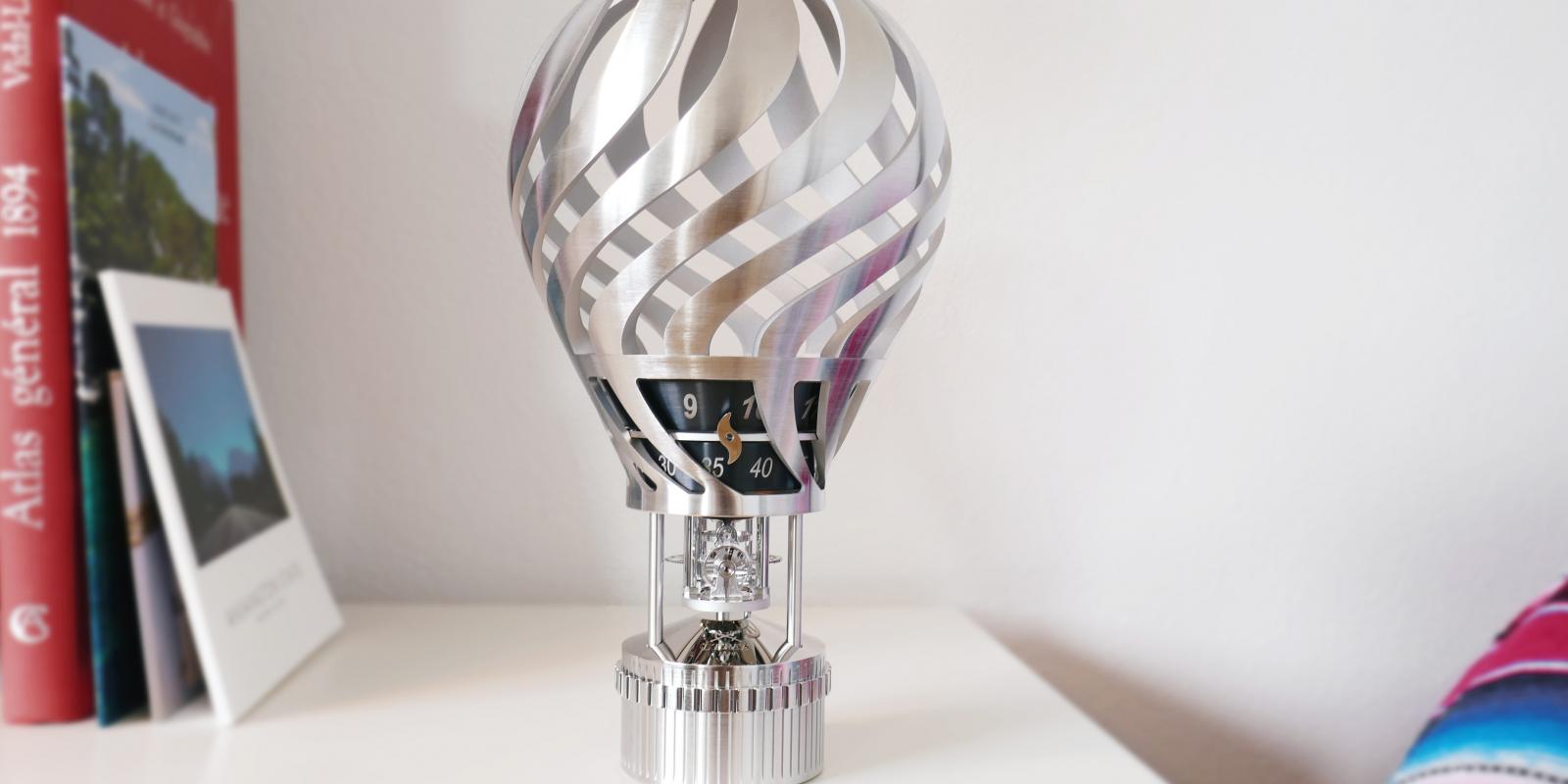The Skull is the ultimate symbol of life, death and human experience – as such it has played a key role in both Horological History and Art History. Through Fiona Krüger’s artistic approach to Haute Horlogerie and L’Epée’s know-how, the Skull has been re-interpreted into a mechanical Vanitas painting for the 21st Century. Quick history lesson: A Vanitas is a still life artwork which includes various symbolic objects to remind the viewer of the transience of life. This was an important and popular genre of painting in the 1600’s and include symbols like skulls and extinguished candles. Vanitas is engineered and crafted by L’Epée 1839, Switzerland’s specialised high-end clock manufacturer, founded in 1839. This charismatic cranium reminds you to celebrate life. The hours and minutes are shown by the clock’s hands, and a power reserve indicator is integrated into the mouth of the skull. As Vanitas loses power it starts to yawn, indicating it needs to be wound up. Though with a 35-day power-reserve, this monthly ritual will give you a moment to stop and take stock of the time you have. Fiona’s Fine Art and Design training, combined with her international upbringing are apparent in the design of this mechanical symbol. Having spent part of her childhood in Mexico City her vivid memories of the Dia de los Muertos festival have influenced her own skull collection and this latest collaboration with L’Epée.


L’EPEE 1839—Switzerland’s leading clock manufacture
L’Epée has been a prominent clockmaking firm for more than 175 years. Today, it is the only manufacture in Switzerland to specialize in the production of high-end clocks. Founded in 1839 by Auguste L’Epée in France’s Besançon region, the company originally focused on producing music boxes and watch components. Even at this early stage, the brand was synonymous with entirely hand-made pieces.
L’Epée 1839 is currently based in Delémont in the Swiss Jura Mountains. With CEO Arnaud Nicolas at the helm, it has developed an exceptional collection of table clocks that includes an entire range of sophisticated clocks.
